Usability
The RHA DacAmp L1 is very versatile as it has so many inputs and outputs. It’s important to know that the balanced output will not work when you’re using the 3.5mm input. It’s also important to know that the order of the outputs is as follows: headphones, line-out, mini-XLR.
Something that isn’t very obvious either is that you need to install a specific RHA driver in order for the L1 to work as a USB-Dac on your Windows PC: You can find that driver here.
Operating the treble and bass buttons is very easy and once you know how the L1 works, operating it – taking into account the above information – is very easy. In order for the L1 to serve as a portable battery for your devices you simply set the gain switch to the lightning sign et voila. Hooking the L1 up to one of the AK DAPs as external DAC also immediately worked from the first try and that certainly isn’t always the case. The new Fiio X5iii is supposed to support USB OTG but I so far haven’t been able to get it working with the AK380, ALO CDM and L1. It does work with the Chord Hugo (Hiby), I’m looking into this and I hope to get the L1 working with the X5iii soon.
The RHA DacAmp L1 is very powerful and with a lot of my inears & monitors I can only use a millimeter or 2 on the volume dial, luckily there’s no channel imbalance. When you’re using a source with configurable output volume that’s not an issue but when using the USB OTG of the AK70 the volume always is maxed out. But yes, the L1 with normal and easy to drive ear/headphones is LOUD. The unit gets a little bit warm during playback but it stays fairly “cold” in general, no issues with the heath such as with the Mojo in example.
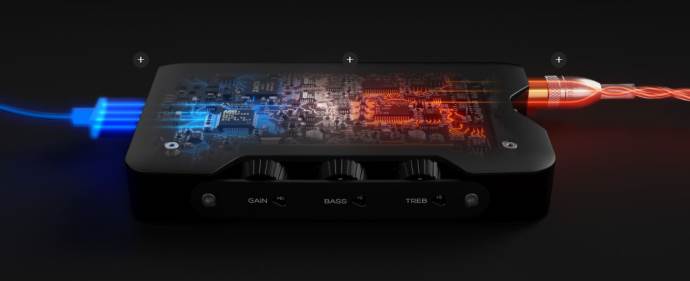
Sound
The following impressions are based on using the single ended 3.5mm output and the DAC part of the L1 in combination with my laptop. Check out the CL1 in the “Synergy” part for more impressions of the balanced mini-XLR output and keep reading to get an idea of the AMP-section only.
First things that come into mind when listening to the DacAmp L1 are: Power, body, energy. The DAC and amp combined deliver a very full bodied sound in bass and mids. The L1 manages to produce a detailed yet musical sound at all times, but it’s also one that’s full of energy. The L1 is fast with a sharp attack and it sounds like it had a lot of sugar, I mean that in the best possible way however. The L1 is dead silent and has a nice black background. There’s no other noise from the volume dial or the other dials for that matter either.
Going by the ear I do find the L1 to be a linear amp (not touching the EQ) and it doesn’t boost bass, mids or treble like some other amps do (not touching the EQ). The ES9018K2M chip is known for getting a lot of detail out of the digital file and it does exactly that. At the same time the L1 manages to output that detail in a musical way. The L1 is very much “solid state” sounding; it’s not warm, soft, smooth or laid back but it’s right on top of things with excellent separation, precision, dynamics and speed. Sound stage width is good but I do find it to sound wider than it is deep, yet depth is good also. Especially with HQ files the layering on the L1 is sublime. Some might call the L1 slightly darker sounding, but I wouldn’t state it’s a dark amp at all.
All in all I’d say the DacAmp L1 is a neutral tuned unit but one that’s presenting the music in a very full bodied way. Some might not find it neutral because of that but I do think the combination of both is perfectly possible. Bass is tight, fast and punchy and is never exaggerated. It goes reasonably deep but there’s not as much rumble down low as with some other amps. The bass and mids are perfectly separated and the mids are rich, addictive and musical. Unlike with a lot of the new amps, the voices are in perfect harmony with the rest of the sound. Treble is good, never harsh (unless you’re using really bad quality files), fast, precise and dynamic. It’s not the most extended but it in no way is rolled off. This is the typical to the point treble of the ES9018K2M chip and one a lot of SS amplifiers produce. It perfectly fits in with the bass and treble; the L1 simply produces a good, balanced and complete sound with excellent L/R separation.
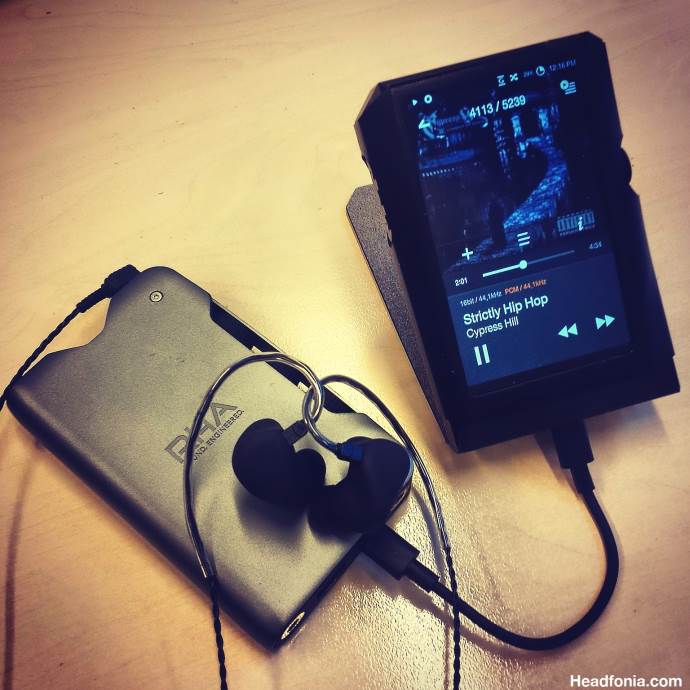
Of course the DacAmp L1 comes with a bass, treble and gain switch but I have to admit I only use it with the CL1 IEM. So far I haven’t really found the need to switch the gain setting and the only changes I did was add +1 bass and deduct -1 treble with lesser quality recordings when listening to the RHA CL1 IEM. Setting or using the bass and treble is easy, I’m not the biggest fan but if you are you’ll certainly be pleased with this 12-step EQ possibility.
Line In. I recently started using the Music Sanctuary Quartette IC’s after my ALO IC’s died on me after years of intensive use. When bypassing the L1’s DAC and using the 3.5mm “Line In” the sound from the L1 is clear, detailed and precise with good, yet less, body than before. In that regard it’s a more neutral sound reproduction but for the rest the sound is very comparable. I Personally prefer the L1 when using it as a Dac/Amp combo as it was intended to be used.
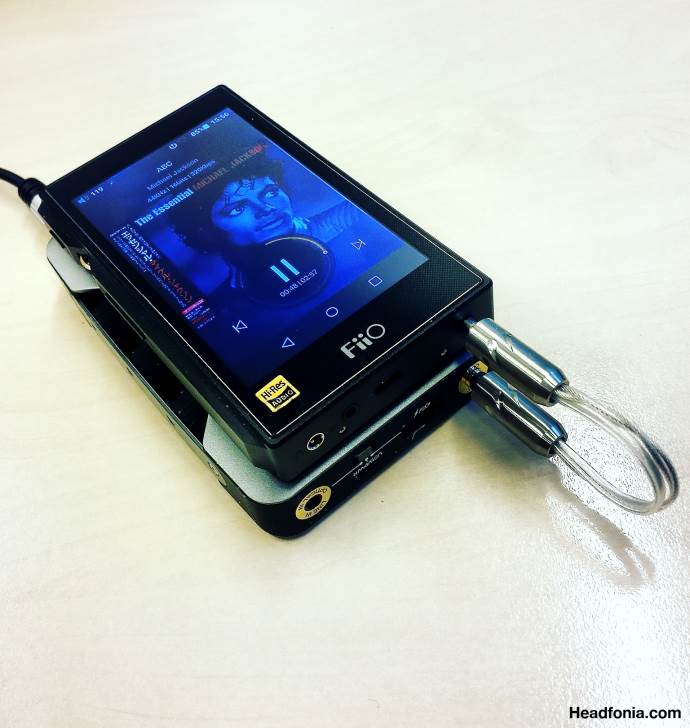
Synergy
USB DAC
If you feel your AK DAP doesn’t have enough power, hooking it up to the L1 might be the solution for you. Of course you’ll get a different sound signature as you’re used to from your AK but I really like the synergy this setup has. Great bass (a little more than neutral) with good body, rich mids and treble that makes you feel alive. It’s not as laid back as the AK70’s sound but the combination simply works well. When connected to my good old Samsung S4 over USB (Hiby player and ASEN OTG cable) it transforms the S4 into one hell of a music player. The difference in SQ with and without the L1 is huge and once you’re used to the S4+L1 combo, you don’t want to go back to listening to music without then L1. Same story goes for the iPhone 6S although I find its proper SQ to be quite good already, or way better than that of the S4 anyway.
Sound continues on Page 3 after the click







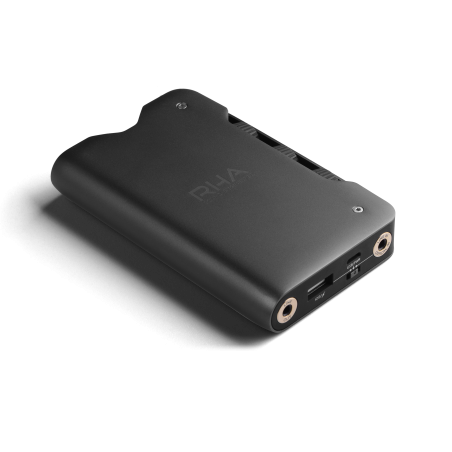
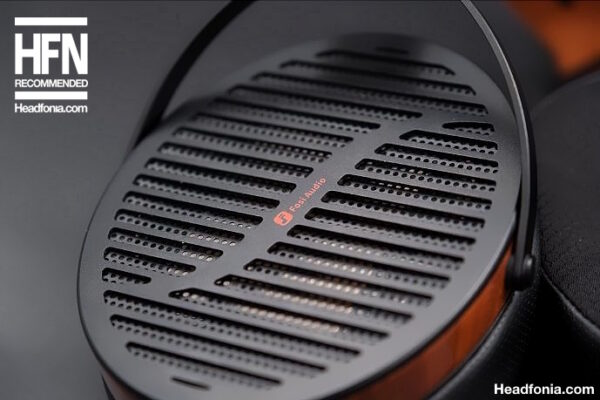
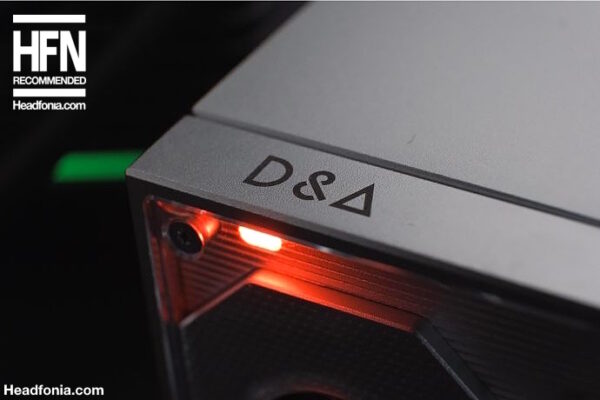
Rodrigo Figueiras
How it compares with the mojo , on rock or Heavy Metal music?
Radovan Cechvala
Wonder how it compares to OPPO HA-2 having the same Sabre DAC chip, I believe (but only one of them)?
Albert
Which one is more detailed? the Hugo or the L1? Wut would u choose for classical music? Thx!
Lieven
To the hugo, on both parts. If you have the budget it’s an easy choice. You might want to wait for Hugo 2 though
Hawkin
Hi Lieven, Are you planning to review the Radius TWF41 particularly feat with mojo? Is the mid-section comparable to Fitear Tg334?
Thank
Lieven
I will review it, yes. It’s to good not to 🙂
I will use it with the Mojo in the review but I don’t have the TG334, sorry
NightPhotographer
How did you find it compared to Duet?
Cheers
Lieven
Well Duet is not a DAC/AMP and it’s a fully analogue balanced device. Duet sounds more relaxed and musical with a normal delivery unlike the L1’s supercharged one. Duet is more natural sounding
Martin Fuhs
Very Powerful? Nah, 300mW is not “very powerful” for an Amp. I get 300mW out of my Cayin N5 DAP (balanced) and 800mW out of my portable Cayin C5 Amp. That is powerful. If you are just speaking about the use of IEM’s, yeah, then 300mW are plenty of enough. But as you stated, the HD800 needs more “juice” to sound good. The same goes for the Hifiman HE1000. And then it also depends on the recording quality. If i listen to lets say “Nik Bärtschs Ronin”, music that has such an huge dynamic range and is usually mixed quieter, then i need all the power in the world to make my HD800S sound good.
M. Ingels
Hello Lieven,
Can the XLR output also be used with balanced headphones? What’s the output power in balanced mode?
Lieven
Hi, if you have a balanced cable terminated in mini xlr, yes sure.
No idea about the balanced output specs
Michel I
Dag Lieven,
Price went down on amazon: now £ 249 in the UK, 399 Euro in France and Germany.
IMO much better value now.
Regards
Sanket
Which is better suited for the B&W P7: Oppo HA2SE or the Dacamp L1. I prefer a slightly boosted but accurate bass reproduction